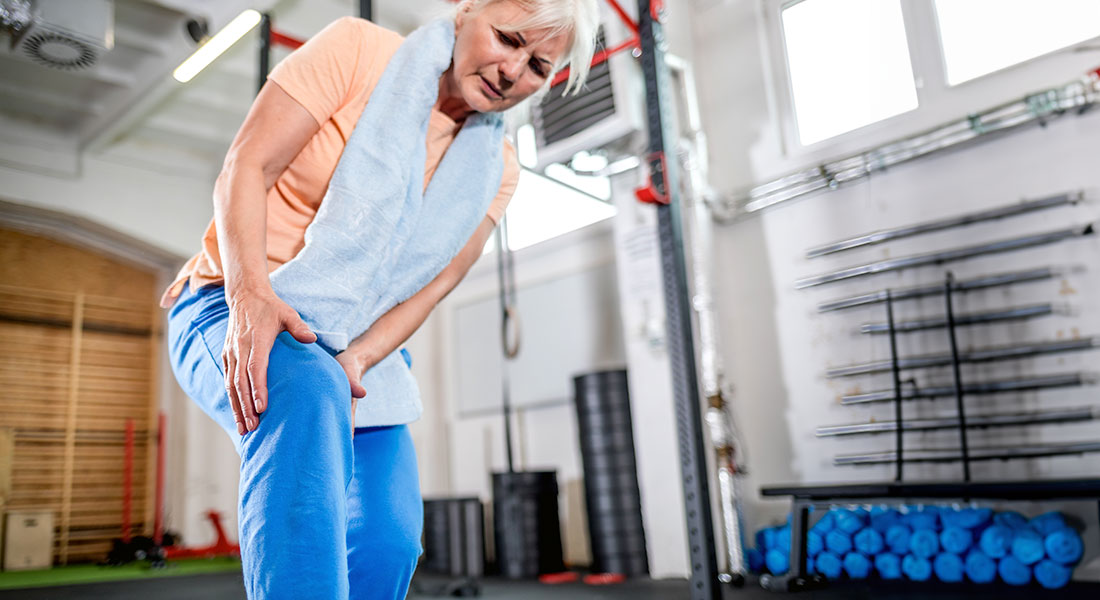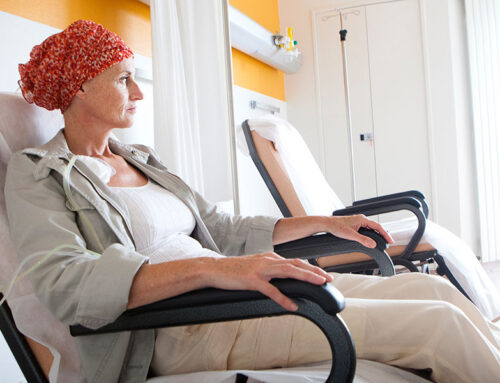Arthritis, characterized by painful inflammation and stiffness of the joints, affects millions of individuals worldwide. The reduced mobility and chronic pain associated with arthritis can significantly impact one’s quality of life. While there are numerous treatments and interventions available for arthritis, one often overlooked approach is Myotherapy.
What is Myotherapy?
Myotherapy is a form of manual therapy that focuses on the assessment, treatment, and management of musculoskeletal pain and dysfunction. It involves a combination of techniques such as massage, dry needling, trigger point therapy, and joint mobilization. The primary objective is to reduce muscle tension, improve circulation, and restore joint mobility, which can directly and indirectly address arthritic symptoms.
How Can Myotherapy Alleviate Arthritic Pain?
Reduced Muscle Tension
Arthritic joints are often surrounded by muscles that have become tense and tight in response to the pain. This muscle tension can exacerbate joint discomfort. Myotherapy aims to release this tension, offering immediate relief.
Improved Circulation
Good blood flow is essential for the health of joints, as it delivers nutrients and removes waste products. Myotherapy, particularly massage techniques, can enhance circulation, promoting healing and reducing inflammation.
Restoring Joint Mobility
Stiffness is a common complaint in arthritic patients. Myotherapy techniques can help increase the range of motion in joints, reducing stiffness and facilitating movement.
Pain Modulation
Techniques used in Myotherapy can stimulate the body’s production of endorphins, natural painkillers. This can provide temporary relief from the chronic pain experienced by arthritic patients.
Addressing Trigger Points
Trigger points are hyperirritable spots in muscles that can refer pain to distant parts of the body. In some cases, what may be perceived as arthritic pain might be referred pain from these trigger points. Myotherapy can target and deactivate these points, leading to symptom relief.
Considerations for Arthritic Patients
While Myotherapy offers many benefits, it’s essential for practitioners to approach arthritic patients with care. It’s crucial to:
- Understand the type and severity of the patient’s arthritis
- Adjust techniques to ensure they are safe and effective for the specific arthritis type
- Work in conjunction with other healthcare professionals for a holistic approach to patient care
Conclusion
Arthritis can be debilitating, but with the right interventions, one can lead a more comfortable life. Myotherapy, with its focus on musculoskeletal health, presents an effective way to manage arthritic symptoms. By relieving muscle tension, enhancing circulation, and restoring joint mobility, Myotherapy can play a pivotal role in a comprehensive strategy to tackle arthritic pain and improve movement. As with all treatments, it’s essential to consult with healthcare professionals before starting any new therapy.






